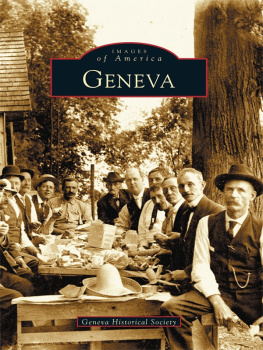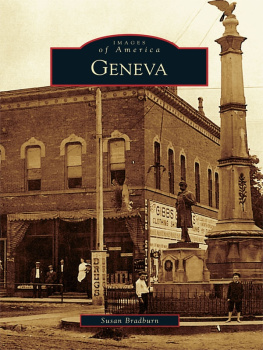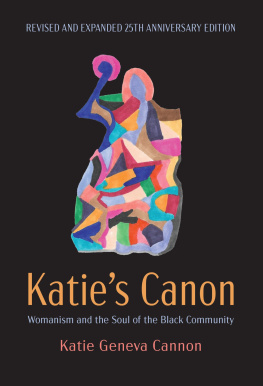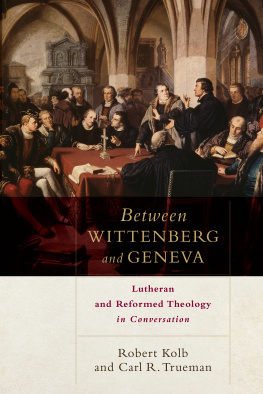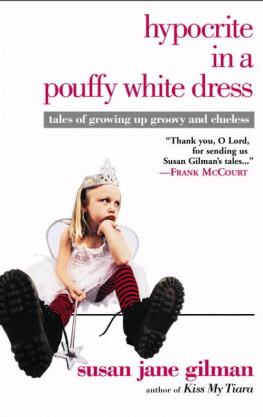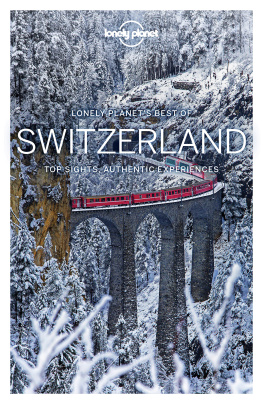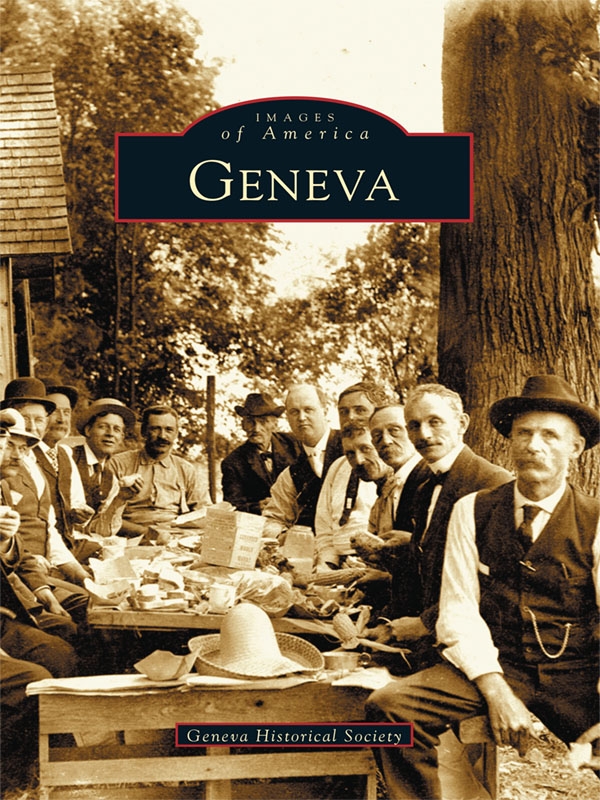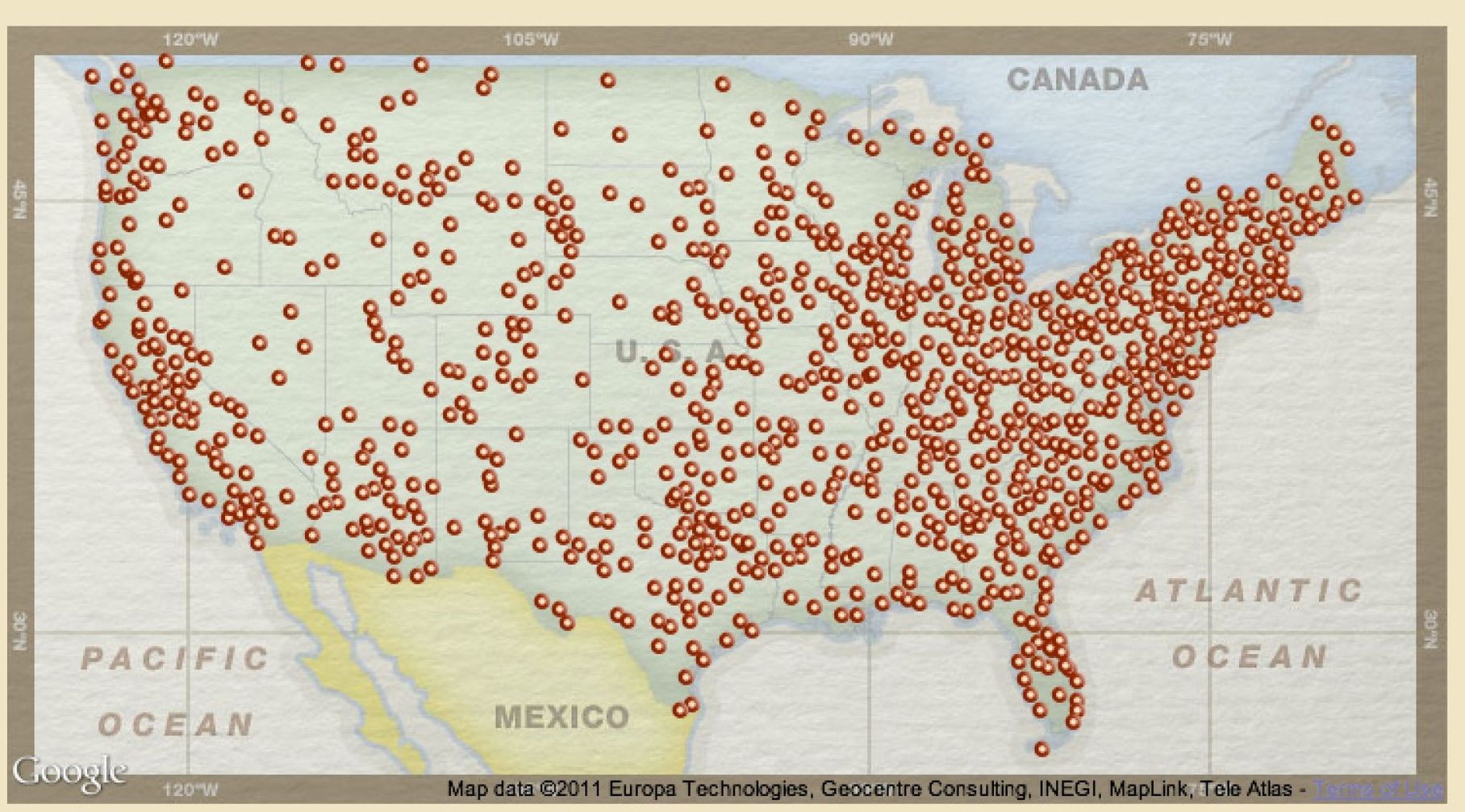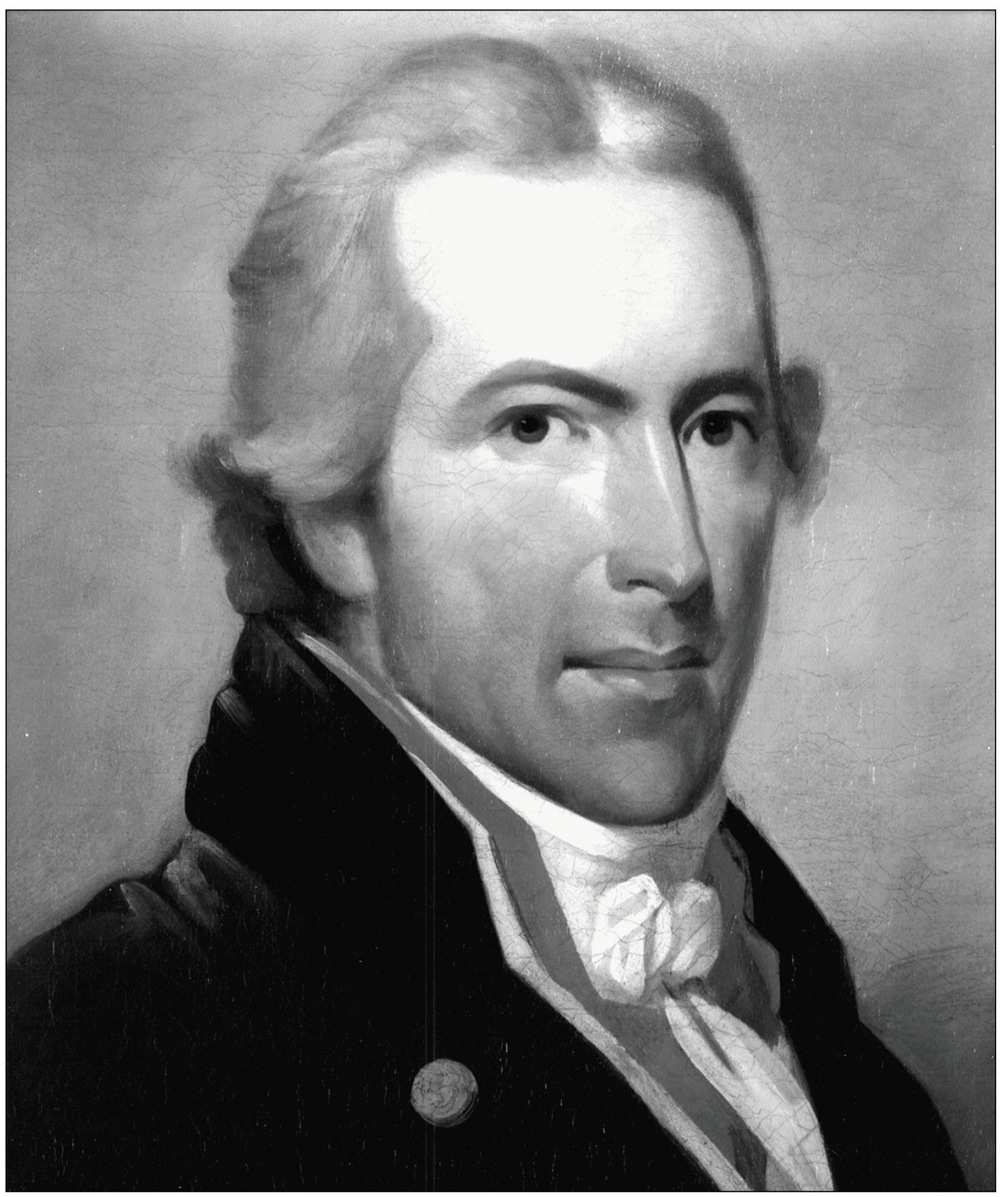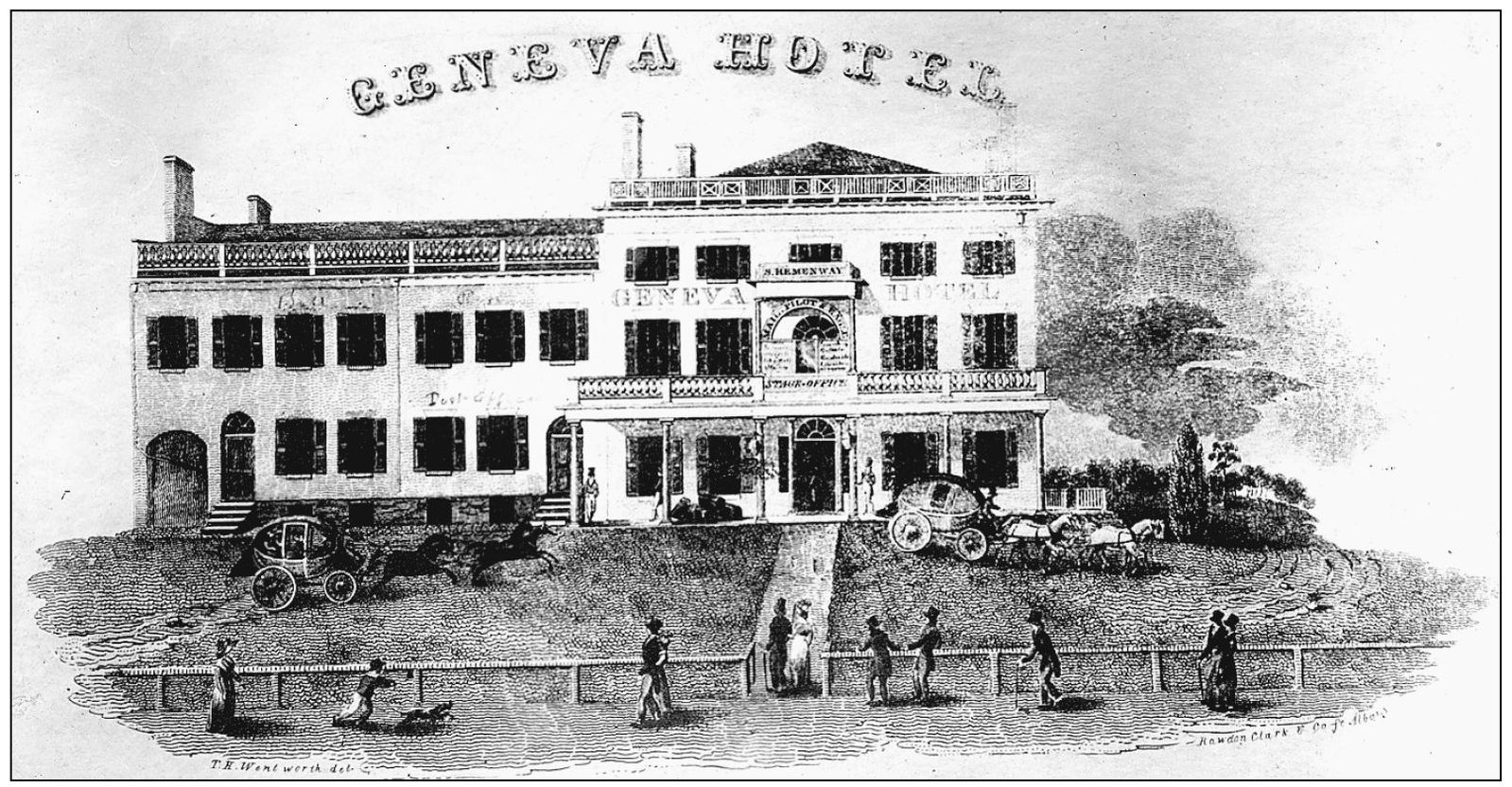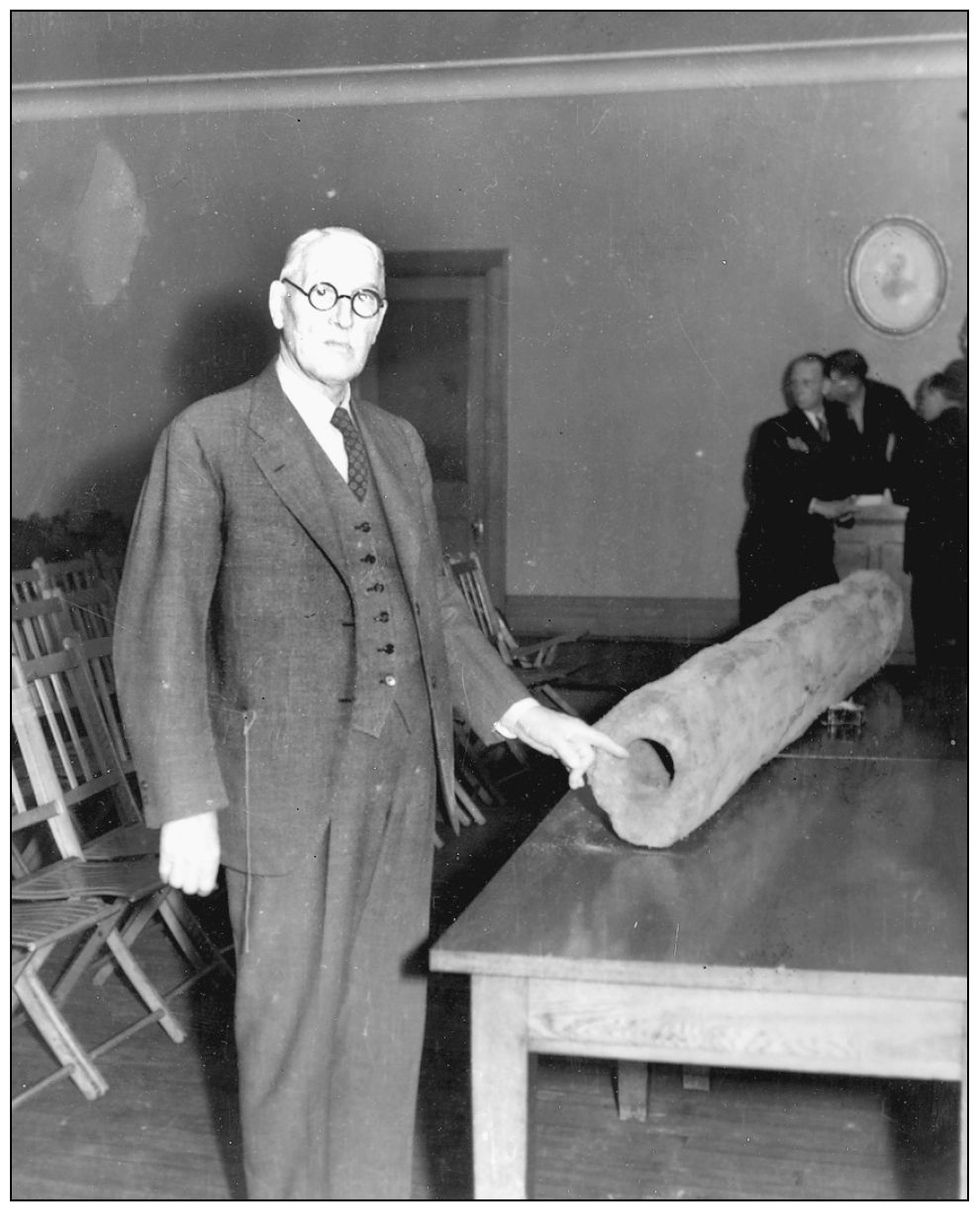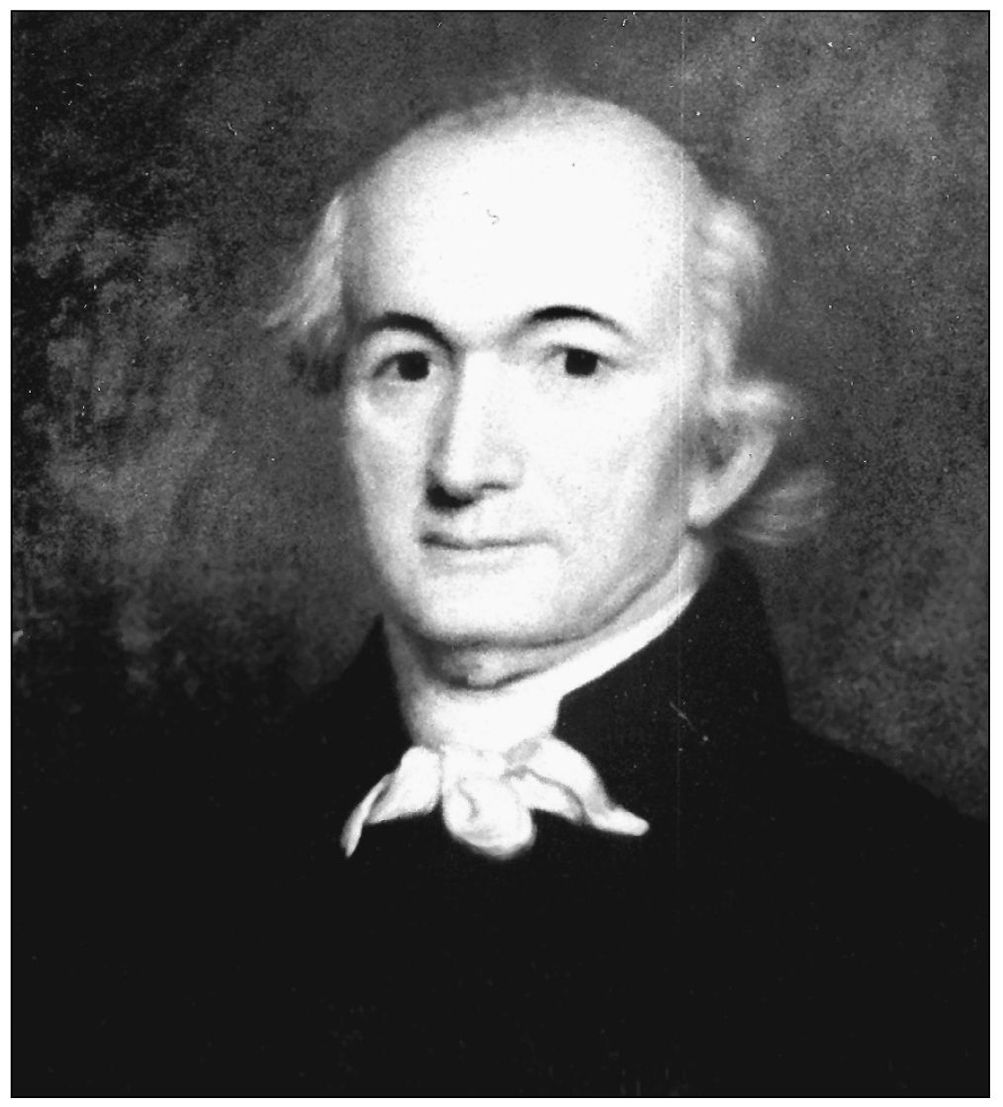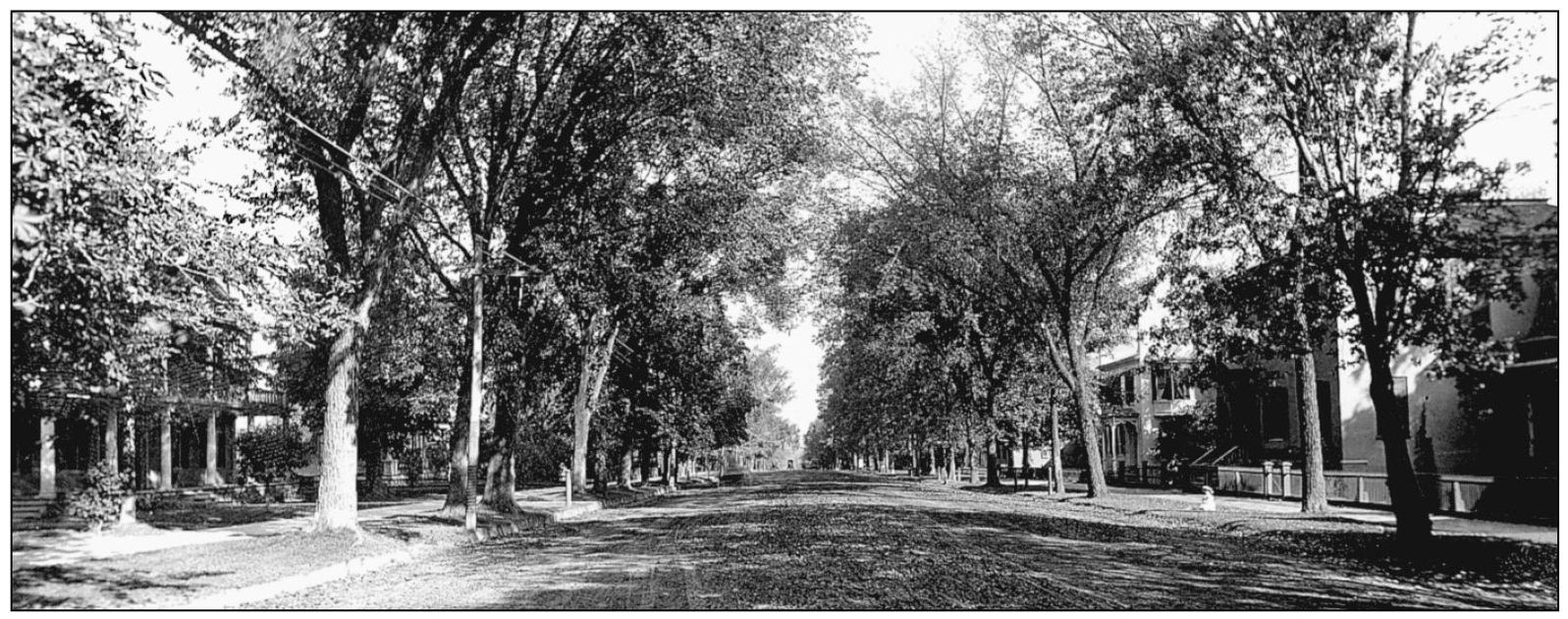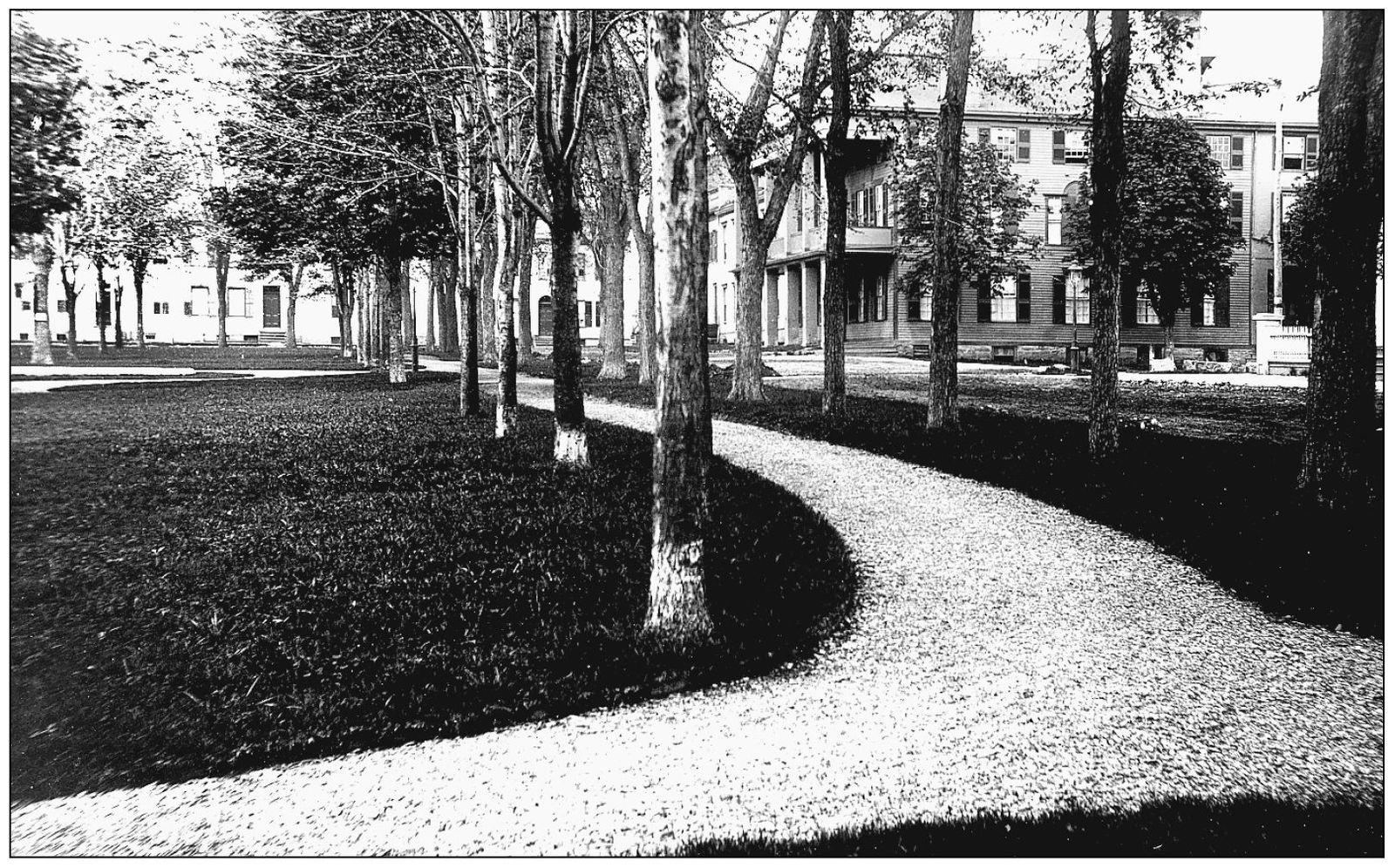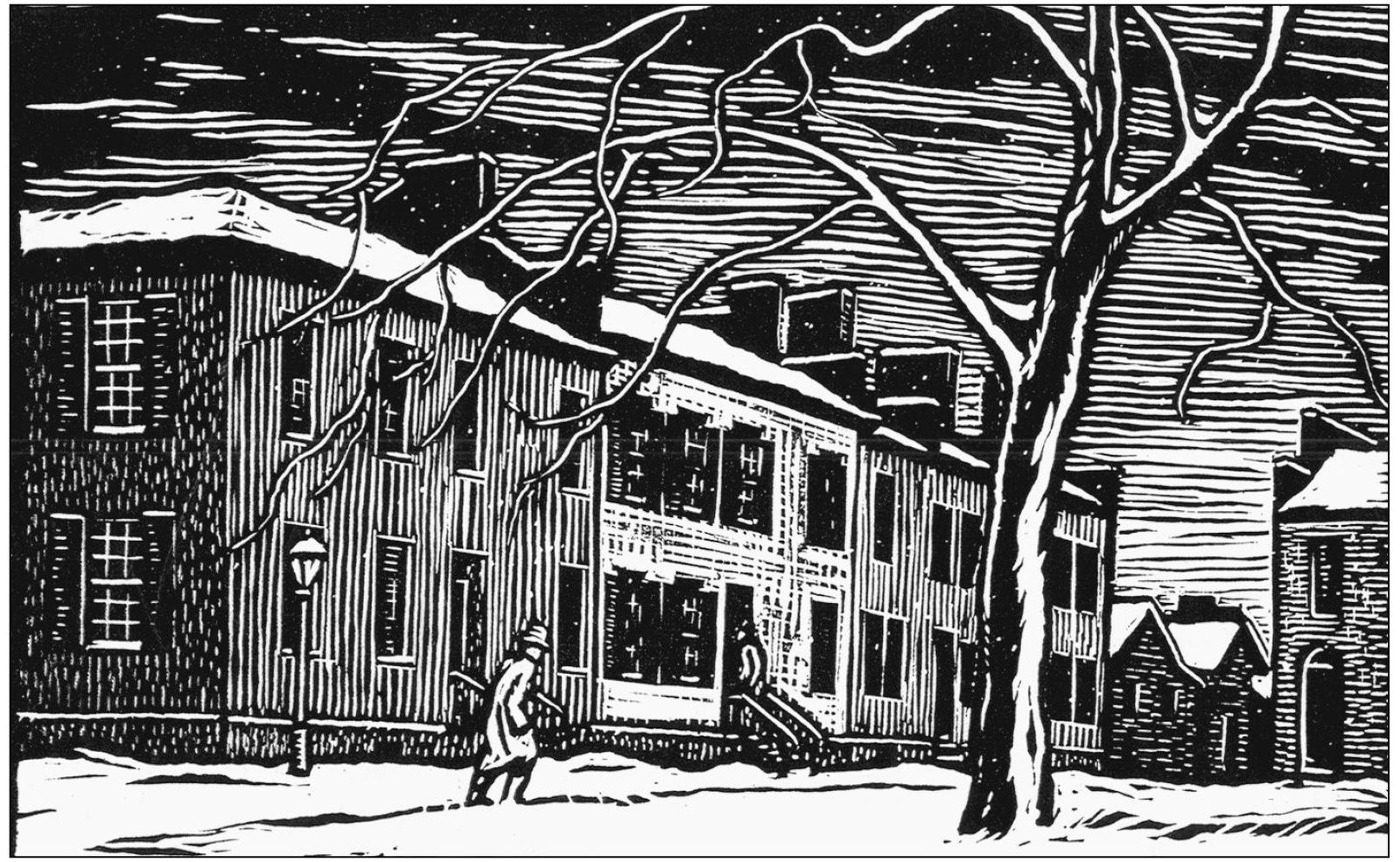One
THE HILL AND THE BOTTOM
Henry Maude visited Geneva in 1800 and described it in this way: Geneva is situated on the north-west extremity of Seneca Lake. It is divided into Upper and Lower Town. The first establishments were on the margin of the lake as best adapted to business; Captain Williamson, struck with the peculiar beauty of the elevated plane which crowns the high bank of the lake, and the many advantages which it possessed as a site for a town, began here to lay out his building lots parallel with and facing the lake. To this day Geneva has been divided into the Hill and the Bottomthe quiet, cultured, and picturesque Upper Town and the noisy, commercial, and sometimes unsightly Lower Town.
Sir William Pulteney, William Hornby, and Patrick Colquhoun (the Pulteney Associates) bought the Geneva land from Robert Morris (financier of the American Revolution) in 1792 for 75,000 pounds. The Genesee Country ran from Seneca Lake to the Genesee River and from Pennsylvania to Lake Ontario1.27 million acres. This woodcut by Norman Kent (19031972) illustrates a typical day at the land office, which was located on Washington Street.
Capt. Charles Williamson (17571808) was born in Scotland and became a naturalized U.S. citizen. Sir William Pulteneys land agent, Williamson is considered the founder of Geneva. He signed the deed for the British investors, as foreigners were not allowed to own land in New York at the time. His vision for Geneva was a commercial district around Pulteney Park, located on the Hill, which afforded the best view of the lake and was above the marshy area that is todays downtown. By 1800, the Pulteney Associates had invested more than $1.3 million to develop the Genesee Country. The return on this investment was only $147,000, and Williamson was relieved of his duties. By this time, promoter Williamson had attracted settlers from New England, Pennsylvania, eastern New York, Maryland, and Virginia. He made his mark, and in his wake, he named many streets and places, including the Steuben County town of Bath (named after Sir William Pulteneys daughter, the Countess of Bath).
An essential factor in attracting people to Geneva was a good hotel. Charles Williamson built the Geneva Hotel on Pulteney Park in 1796 at a cost of $15,000. Diaries and letters of visitors claim it to be the finest hotel in this part of the state. Thomas Powell, a British innkeeper, was the hotels first proprietor. This drawing by artist T.H. Wentworth reflects a great deal of activity around the hotel.
A municipal water supply was fairly rare when the Geneva Waterworks Company was formed in 1796. Here, former city historian George Hawley is seen with one of the original wooden pipes that brought water from the White Springs, a distance of 1.5 miles, to pumps outside Geneva homes. The wooden pipes were replaced with iron pipe c. 1846.
Robert Rose (17741835) was part of the Virginia immigration to Geneva. The Rose and Nicholas families17 individuals and 75 African Americansmoved to this area in 1803 from Stafford County, Virginia, in search of new fertile farmland. Robert Rose settled east of Geneva at Rose Hill, while John Nicholas, Roses brother-in-law, settled at White Springs, west of Geneva. Their slaves became the foundation for Genevas African American community.
Genevas first homes were built on the Hill on South Main Street overlooking the lake. A variety of architectural styles is evident, and the street is listed on the National Register. The southern influence is evidenced by the columned house on the left. In the early 1900s, elms formed a canopy over the street. In the 1960s, the trees fell with the spread of Dutch elm disease.
This late-19th-century image is a view of Pulteney Park, looking south across the park. On the right is the Geneva Water Cure (formerly the Geneva Hotel). In the early part of the century, Genevas commercial district surrounded the park, and the park served as a municipal parking lot for stagecoaches.

